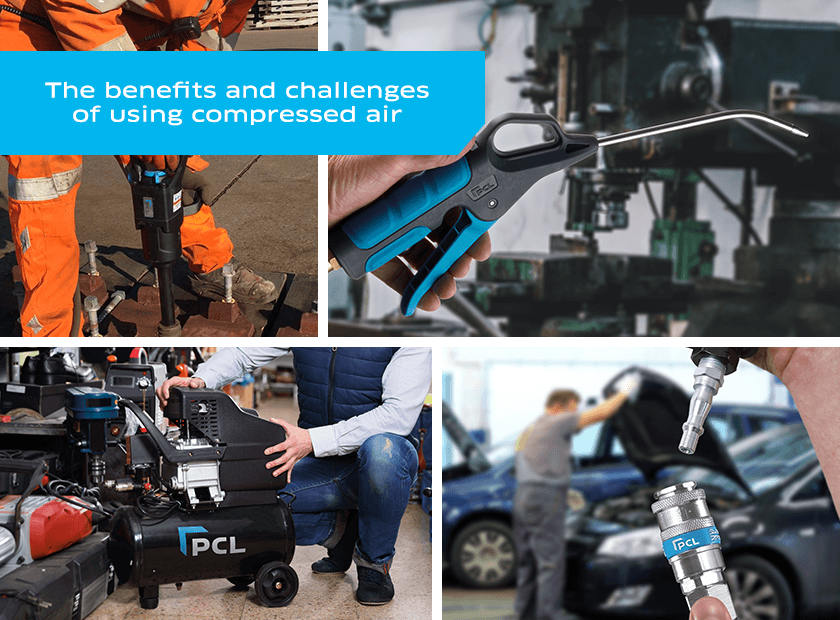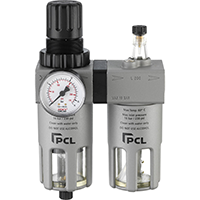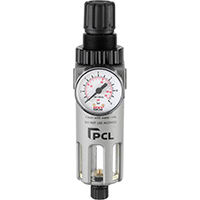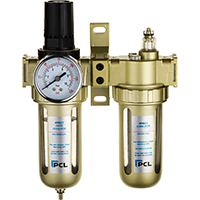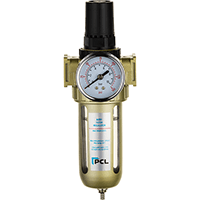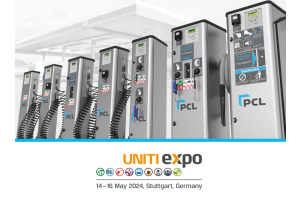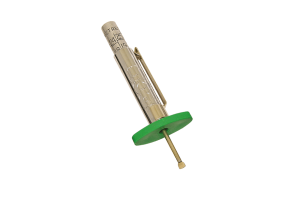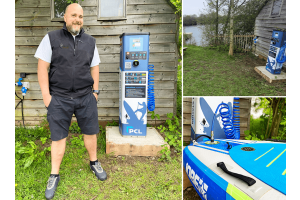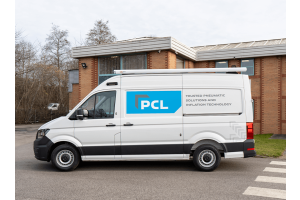Known as the fourth utility, compressed air is a flexible and safer solution for a huge range of applications that many may not have even considered before.
With a compressor, there is no need for a power tool, a pneumatic one can do the job just as well, if not better. Bringing multiple benefits to the domestic and professional user, from hammering and sawing to spray-painting and tyre inflation, compressed air is easy to use and can boost productivity.
Jump to:
- What are the benefits of compressed air?
- What are the challenges of compressed air and how to overcome them?
What are the benefits of compressed air?
Safety
Top of the list, safety is a key factor in choosing compressed air over electricity, battery or steam.
There is no danger of electric shocks, steam burns or running out of charge as with batteries. Unlike electricity, compressed air can be used in wet, humid or explosive conditions, and air tools can withstand extreme temperatures and environments.
Compressed air is clean, and therefore ideal for applications where hygiene and air quality are crucial, and leaks are not toxic to the atmosphere.
Easy to access and store
Since compressed air comes from the same air we breathe, it is freely available. To store it, air is compressed to a smaller size and kept, pressurised, in tanks or bottles. This makes it portable and easy to have on hand in locations where there is no power source. This is why compressed air is considered the fourth utility and a safe and excellent alternative to electricity.
Lightweight and easy to use
Pneumatic tools can be manufactured from material that is lightweight and ergonomic, and designed to be used comfortably over long periods. This means users will not experience the same fatigue as with power tools.
Also, since the power source is external, there is no requirement for an internal motor. This means airs tools can be compact, and in the case of PCL’s mini air tools, small enough to successfully complete jobs in difficult to reach areas.

Flexible
Since compressed air can be stored in portable bottles and tanks it can be used for applications in remote locations, such as on construction sites or farms. It also allows air tools to be used in high usage areas, for example in a busy workshop where space is a premium, removing the need for cables and extension leads.
Powerful
Pneumatic tools are more powerful than electric power tools, and offer variable speed and torque for high pressure applications.
Reliable
PCL’s air tools are robust and built to last and withstand demanding conditions which would cause damage to electric tools.
Easy to maintain
Tools to be used with compressed air are designed for use in harsh environments and for longevity of life. They feature fewer working parts, so there is less that can go wrong and they are easier to maintain. In addition, tools are cheaper to replace than power tools.
Cost-efficient
To generate and distribute compressed air can be on average up to 10-times more expensive than electricity – this seems like a frightening statistic, however it shouldn’t discourage you from using compressed air as it can improve efficiency and reduce costs in other areas.
Pneumatic tools are lower in cost compared to other solutions, the simplistic but robust design can reduce maintenance/replacement costs, while the high power to weight ratio can increase productivity and reduce labour costs. For heavy use in a commercial or industrial environment, using air tools will require much less electricity than the equivalent power tools.
With energy costs soaring, compressed air provides users with control over their budget, usage and monitoring, which will help to identify opportunities for increased efficiency. Scroll down to see effective ways to cut down on compressed air energy costs.
What are the challenges of compressed air and how to overcome them?
Clearly, compressed air offers many benefits, however it does also come with some challenges, however these challenges can be overcome by:
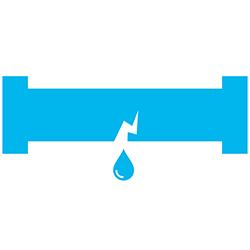 Preventing leaks
Preventing leaks
Compressed air leaks are a waste of energy and increase your carbon footprint. They can be prevented through good maintenance and appropriate usage.
According to the Carbon Trust, a 3mm hole in a compressed air system could cost over £1,000 a year in wasted energy. Therefore having a good test and repair kit to hand to resolve issues promptly can result in significant savings.
Most often, a leak will come from the connection points e.g. couplings, therefore to prevent this it is essential that you choose high quality, tried and tested equipment that comes with a warranty, such as PCL couplings.
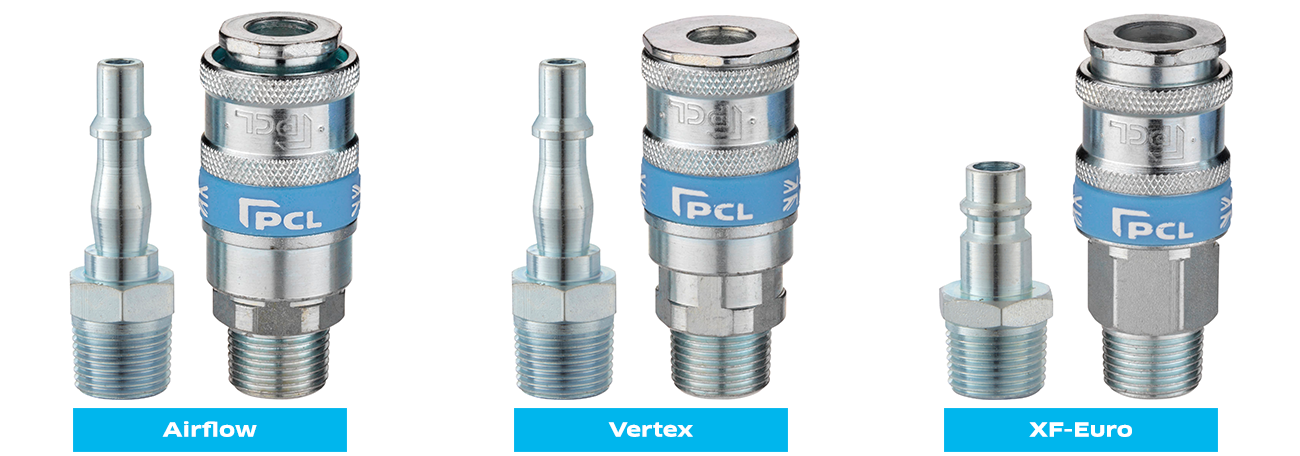
We are so confident in their quality and performance, we offer a 5-year warranty on our blue band couplings.
Invented in the UK by PCL and still built and tested in Sheffield, we have improved the design and material thickness of the coupling, enhancing its durability and ease of use to make it the longest lasting coupling of its type available.
PCL's traditional Airflow, Vertex, XF-Euro and Safeflow couplings all feature a distinctive blue band and date stamp, identifying them as a genuine PCL product – which coupling you decided to choose is down to whether your application is fixed, trailing hose or if require a safety coupling.
Using the incorrect profiles (e.g. an XF-Euro Coupling with a Standard Adaptor) can result in a loss of air flow as diffrent coupling and adaptor profiles do not interchange, so it important you have the correct profile to prevent air leaks.
Pressure regulation
Compressed air leaks can contribute to a system pressure drop, which will prevent pneumatic equipment from performing as efficiently and reduce its lifespan. By causing the cycle frequency to increase, leading to increased running time, air leaks can result in increased maintenance costs and downtime.
Don’t over-pressurise
Over-pressurising can increase energy costs and damage equipment, so consider reducing the pressure if compressed air is being generated at the maximum pressure (which is usually 7 bar, 100 psi). Just a 10% decrease in pressure can result in a 5% energy saving. Take care to reduce pressure in stages to prevent it from impacting operations.
Invest in an air treatment unit
Unregulated, unfiltered, unlubricated air pressure can cause equipment wear, reduced tool life and increased costs.
To ensure clean air quality, we would recommend using an air treatment unit, such as one of PCL’s Filter/Regulator/Lubricator (FRL) units. For example, the ATCFRL6 FRL 0-145 psi/0-10 bar, with ¼ inch port, or the ATCFRL12 FRL 0-145 psi/0-10 bar, with ½ inch port.
This will ensure that each air tool receives a clean, lubricated supply of compressed air, efficiently filtered to 10 microns, eliminating moisture and contaminants.
PCL’s FRL units will also control output air pressure, regulating it and preventing over-pressurisation to maintain optimum performance. They are available as individual units or combined units. Which one you require will depend on what the compressed air will be used for and whether the application is for occasional or professional continual use.
Find out how to choose the correct air treatment unit here.
Handle with care
Compressed air and pneumatic tools must be handled and stored with care, in line with the relevant regulations, which are:
- ANSI/CAGI B19.1, Safety Standard for Air Compressor Systems
- CAGI B186.1, Safety Code for Portable Air Tools
- ISO 11148 Series
- OSHA regulations
How to use compressed air equipment safely
Use appropriate PPE, carry out comprehensive training - and invest in 2 bar restricted equipment to ensure the correct and safe use of compressed air.
Safety blowguns in PCL’s ERGO and ERGO EXTREME ranges have a cleverly designed safety valve that reduces the output of air to 2 bar and slowly releases air if there is a blockage. With the onus on companies to ensure the safety of their employees, or face penalties for putting them at risk, PCL’s new safety blowguns are priced to ensure customers pay a limited premium for peace of mind and keeping workers protected.
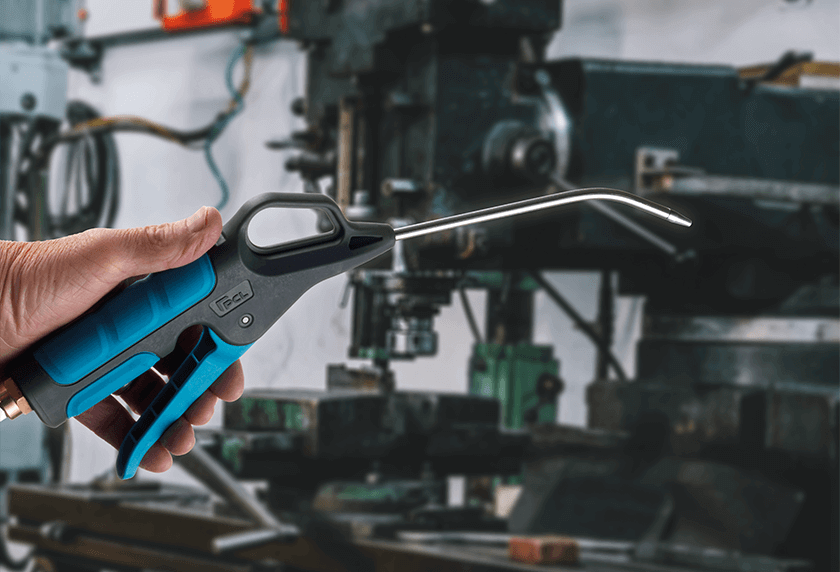
PCL's 2 Bar Restricted Safety Ergo Extreme Blowgun
Laws which must be adhered to in relation to working conditions, and codes of practice which should be followed to ensure the safe use of equipment include:
- The Health and Safety at Work Act 1974 (HSWA), Chapter 37, Section 2, which stipulates that employers must ensure the safety of employees
- The Provision and Use of Work Equipment Regulations 1998 (SI 1998/2306) – these include mandatory requirements for employers to pay due care and attention to working conditions and potential risks to health and safety where equipment is used, and also to any additional risks associated with its use
- The Management of Health and Safety at Work Regulations 1999 (SI 1999/3242), which state that employers must carry out a risk assessment and implement appropriate health & safety measures
- Simple Pressure Vessels (Safety) Regulations 2016 (SPV(S)R) (hse.gov.uk) - these set out essential requirements to be met before products are placed on the UK market; especially if compressed air is stored in a receiver
Overall, the benefits of using compressed air far outweigh any challenges, and its adaptability to all kinds of applications is invaluable. Here are some interesting examples that might surprise you.

